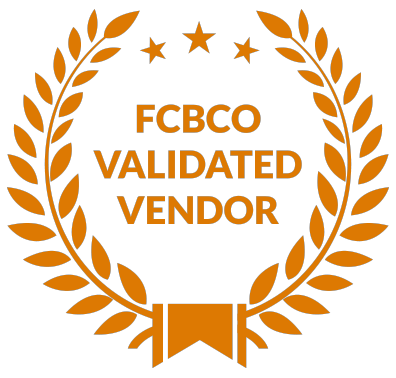Inventory Management in the Age of Automation: What’s Next?
Inventory Management in the Age of Automation: What’s Next?
…
Inventory Management
As the e-commerce world accelerates, so does the need for smarter inventory management. Automation is revolutionizing how businesses handle their stock, making operations more efficient and responsive. Understanding and adopting the latest trends can be the key to staying competitive and delivering top-notch customer service. Here’s a look at some of the most actionable and practical trends in automated inventory management that can enhance your operations and why partnering with a fulfillment company that embraces these innovations is a game-changer.
1. Automated Inventory Replenishment
Automated inventory replenishment systems use data-driven algorithms to manage stock levels and trigger reorders before inventory runs out. By analyzing sales patterns and seasonal trends, these systems predict when and how much stock to reorder, ensuring you never face stockouts or overstocking issues.
Actionable Tip: Implement automated replenishment tools to keep your inventory levels balanced. Choose a fulfillment company that integrates these systems to keep your stock levels optimal and prevent disruptions in your supply chain.
2. Integrated Order and Inventory Management Systems
Modern businesses are adopting integrated platforms that combine order management with inventory tracking. These systems provide a unified view of your inventory across multiple channels, ensuring accurate stock levels and seamless order fulfillment. Integration helps in syncing online orders with warehouse inventory, reducing errors and improving efficiency.
Actionable Tip: Invest in an integrated order and inventory management system to streamline operations and improve accuracy. Partner with a fulfillment provider that offers these integrated solutions to enhance your operational flow.
3. Data-Driven Inventory Optimization
Data analytics tools help businesses analyze sales data and inventory turnover rates to optimize stock levels. By identifying patterns and trends, these tools enable more accurate forecasting and reduce the risk of overstocking or understocking. This proactive approach ensures that inventory levels align with actual demand.
Actionable Tip: Use data analytics to review your sales and inventory data regularly. Collaborate with a fulfillment company that utilizes these tools to fine-tune your inventory management and make informed decisions.
Assess Current Fulfillment Efforts. Take Quiz Now!
4. Real-Time Inventory Visibility
Real-time inventory visibility provides up-to-the-minute information on stock levels, order status, and warehouse conditions. This transparency allows businesses to quickly address issues, respond to customer inquiries, and make adjustments to inventory management strategies as needed.
Actionable Tip: Implement real-time inventory tracking systems to gain visibility into your stock levels and order status. Partner with a fulfillment provider that offers real-time updates to keep you informed and agile.
5. Mobile Inventory Management
Mobile technology is making inventory management more flexible and accessible. Mobile apps and devices enable warehouse staff to scan barcodes, update inventory records, and manage stock from anywhere within the warehouse. This mobility increases accuracy and efficiency in handling inventory.
Actionable Tip: Adopt mobile inventory management tools to enhance the flexibility and accuracy of your warehouse operations. Work with a fulfillment company that supports mobile technology to streamline your inventory processes.
6. Seasonal and Promotional Inventory Planning
Effective inventory management involves planning for seasonal fluctuations and promotional events. Automated systems can help forecast demand spikes during peak seasons or special promotions, ensuring you have the right amount of inventory to meet increased demand.
Actionable Tip: Use forecasting tools to plan for seasonal and promotional inventory needs. Partner with a fulfillment provider experienced in managing these fluctuations to ensure you’re well-prepared for high-demand periods.
7. Cycle Counting and Regular Audits
Cycle counting is an ongoing inventory auditing process that involves regularly counting a portion of your inventory. This approach helps identify discrepancies and maintain accuracy without the disruption of a full physical count. Regular audits ensure that your inventory records remain reliable.
Actionable Tip: Implement a cycle counting program to regularly verify inventory accuracy. Choose a fulfillment partner that includes regular audits in their service offerings to maintain high inventory accuracy.
Staying ahead in the age of automation requires more than just adopting new technologies—it involves implementing practical, actionable trends that enhance your inventory management. Automated replenishment, integrated systems, data-driven optimization, real-time visibility, mobile management, seasonal planning, and regular audits are key to running a smooth and efficient inventory operation.
By embracing these trends and partnering with a fulfillment company that integrates these practices, you can streamline your inventory management, improve accuracy, and deliver exceptional service to your customers. Keep your business agile and responsive to the evolving market demands by leveraging these actionable inventory management solutions.
Interested in learning more? Give us a call, we’d love to chat!




